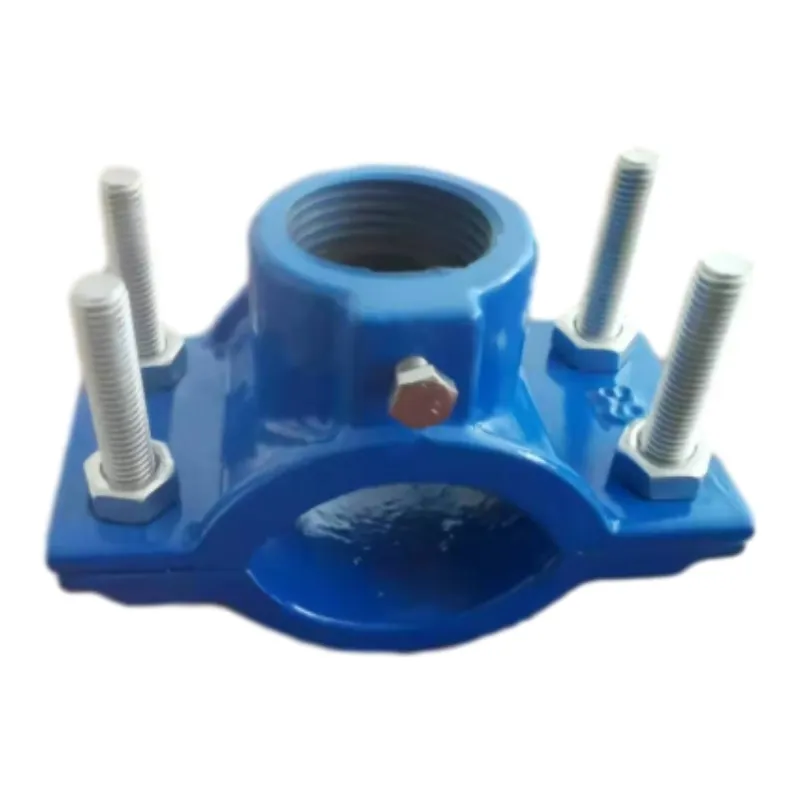crash tested bollards
The Importance of Crash Tested Bollards in Urban Design
In contemporary urban environments, safety and security are paramount concerns for city planners and developers. One of the most effective solutions for enhancing security in public spaces is the use of crash tested bollards. These sturdy, vertical posts serve not only as architectural elements but also as critical protective barriers designed to prevent unauthorized vehicle access to pedestrian areas.
Crash tested bollards are specifically engineered to withstand high-impact collisions, offering varying levels of protection depending on their design and materials. Before they can be deployed in public spaces, these bollards undergo rigorous testing to ensure they meet industry standards. This testing involves subjecting them to crashes at different speeds and weights, simulating real-world scenarios where vehicles could pose a threat to public safety.
The significance of implementing crash tested bollards is multi-faceted
. First and foremost, they serve as a physical deterrent to vehicle attacks, which have unfortunately become a concern in urban centers worldwide. By strategically placing these bollards around high-traffic pedestrian areas, such as shopping districts, parks, and transportation hubs, cities can significantly reduce the risk of catastrophic events caused by errant vehicles or intentional attacks.crash tested bollards

Moreover, crash tested bollards contribute to the overall aesthetic of urban landscapes. Available in a variety of designs, colors, and finishes, they can complement the visual narrative of a city while performing their safety function. This dual purpose of enhancing beauty while ensuring security makes them a valuable addition to urban planning.
In addition to their protective capabilities, these bollards can also help manage vehicular traffic. By controlling access to certain areas, they assist in creating pedestrian-friendly zones that promote walking, cycling, and other forms of eco-friendly transportation. This, in turn, contributes to the reduction of traffic congestion and encourages community interaction.
As cities continue to evolve and face new challenges related to safety, integrating crash tested bollards into urban designs is becoming increasingly essential. These structures not only protect lives but also enhance the quality of public spaces. As urban planners prioritize safety alongside aesthetic considerations, the role of crash tested bollards will undoubtedly become more prominent in the design of future cities.
In conclusion, crash tested bollards are an indispensable element of modern urban safety strategies. Their ability to withstand impacts while blending into the city’s aesthetic makes them an ideal choice for creating secure and inviting public spaces. As urban challenges evolve, so too must the solutions, ensuring that communities remain safe, vibrant, and accessible for all.
-
The Smarter Choice for Pedestrian AreasNewsJun.30,2025
-
The Gold Standard in Round Drain CoversNewsJun.30,2025
-
The Gold Standard in Manhole Cover SystemsNewsJun.30,2025
-
Superior Drainage Solutions with Premium Gully GratesNewsJun.30,2025
-
Superior Drainage Solutions for Global InfrastructureNewsJun.30,2025
-
Square Manhole Solutions for Modern InfrastructureNewsJun.30,2025
-
Premium Manhole Covers for Modern InfrastructureNewsJun.30,2025
